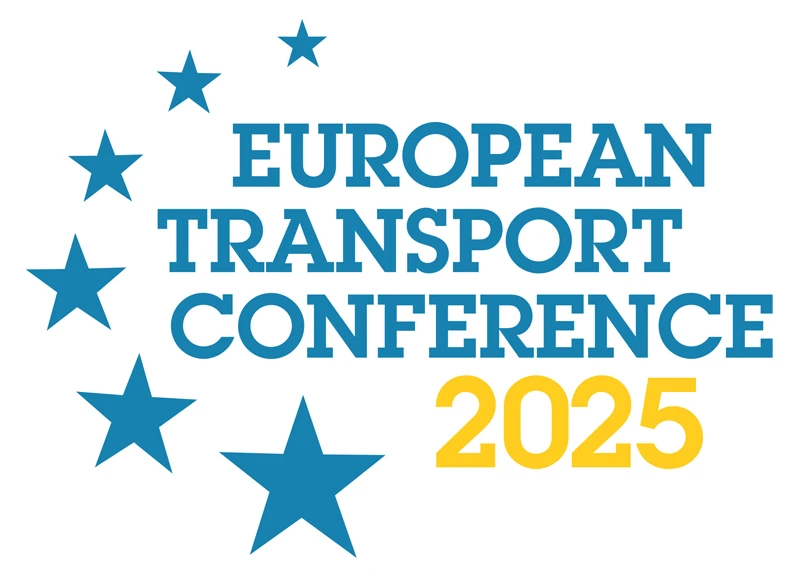-
Past ETC Papers

Browse, search and view papers from the past AET Conferences.
-
Members' Area

AET promotes networking and exchange of ideas, information and opportunities amongst members.
ETC Conference Papers
Conference Past Papers Repository
Optimal Airline Route Network Planning Model
Seminar
Day 3 (8 Sep 2023), Session 8, COVID, Spatial Planning and Network Route Planning, 09:30 - 11:00
Status
Accepted, documents submitted
Submitted by / Abstract owner
Dona Dunya Lakmanaarachchi
Authors
Dona Dunya Lakmanaarachchi
Pavlos Andreadis
Short abstract
This paper extends the state-of-the-art airline network planning research, to address the needs of dynamic fluctuation of passenger demand/market supply, crew resource limitations and selective strategic destinations, faced in long term planning.
Abstract
Airline route network planning is the subject of planning the network of flight routes (origin - destination pairs) for an airline.
We focus on the long term or strategic network planning of an airline, by identifying which destinations to fly to from the respective hubs (selected airports by the airlines to orchestrate their operations centrally from), which aircraft types to allocate to these routes and number of weekly flights to be operated - in order to gain the highest profit, given the available size of fleet, network and operating crew. The network plan should also ensure that a number of constraints are fulfilled such as the aircraft suitability to operate the route in terms of range, and seat availability to cater to the passenger demand.
Recent independent studies from BCG, McKinsey and Boeing 2020-2022 have each highlighted a number of significant problems in long-term network planning, which have not been fully addressed in the literature yet:
1. The dynamic and dual nature of fluctuating passenger demand and market supply characteristics, and the resultant pressure on airlines to adapt the route network faster
2. Crew resource limitations as a new constraint in long term planning
3. Flexibility to include or exclude destination airports from early planning for strategic reasons.
Among the optimization models found in the literature, the state of the art capturing most of the requirements, is the Airline Network Planning with Supply Demand interactions (ANPSD) model by Birolini et al (2021). However, this model has certain shortcomings in comparison to the real-world problem such as the unavailability of a "crew constraint" (to ensure operational feasibility based on operating personnel).
In order to address the three-fold research gap identified above, we propose an airline route network optimization model extending the ANPSD model, by introducing available crew hours and mandatory minimum-maximum frequencies as new constraints, and differentiate between direct and connecting passengers to accurately capture the demand supply interactions. We then apply our model on a group of four European full-service network airlines within Lufthansa airline group - our project sponsor, and identify the most profitable route network for the same. We compare output network profitability, with that of the baseline scenario representing an un-optimised average weekly schedule, which indicate a positive improvement in the range of 1-4% for the scenarios conducted.
Our contributions are:
1. Creation of an airline optimal route network planning model, extending the state-of-the-art research to address the three-fold challenges in strategic network planning today, highlighted by BCG, McKinsey and Boeing 2020-2022.
2. Demonstration of the usability and feasibility of applying the model in a real-world use case of an airline group.
3. Demonstration of the model effectiveness by analyzing the model output route network profitability.
4. Enhancement of model output by including key airline network performance metrics of overall profit margin and average load factor, revenue and cost per available seat kilometers, yield per revenue passenger kilometers and daily aircraft utilization.
Possible further enhancements to the model include improving the crew constraint by differentiating crew based on cadre characteristics (such as function and seniority), and improving demand allocation logic by including factors such as low cost carrier demand. Furthermore, sustainability targets could be factored into the model by introducing flight carbon dioxide (CO2) emissions as an additional constraint.
Programme committee
Aviation
Topic
Supply chain challenges – impacts of labour and resource constraints in freight and passenger transport
Documents:

Association For
European Transport
Forester House
Doctors Lane
Henley-in-Arden
Warwickshire, UK
B95 5AW
+44 (0) 15 64 793552
VAT number: 710 1866 64
Conference Supporters & Endorsers




Legal Entity
The Association for European Transport is registered as an Association ('vereniging') with the Chamber of Commerce for Haaglanden in The Netherlands under company number 27170096.
Built on Zenario




